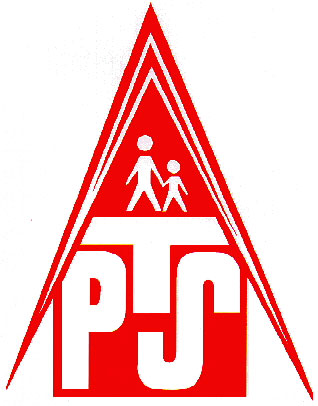What Does Lunch Have To Do With Learning?

 Written by Thomas Taylor, Assistant Superintendent
Written by Thomas Taylor, Assistant Superintendent
I have to confess. I can’t help myself. I read the blog, or comments section after many of the articles in the newspaper. I’m not sure if this is a good confession. Sometimes the comments end up not even connected to the topic. But every so often there is a tidbit of information or a response that is well written or has good insight.
Those are the comments I savor. Those are the comments that allow me some insight into what the public may be thinking.
Why the confession? Because after a recent article on the grade Portage Township Schools received from the Indiana Department of Education, I was struck by the statements made in the comments section.
The district received an A grade. There was information presented at a board meeting that Portage has a high free and reduced lunch population compared to other districts in Porter County. Portage’s pass rate on ISTEP and Algebra I and English end of course assessments were compared to other Porter County school systems.
Portage compared favorably with the other districts and, in several instances, was among the highest ranking in the county. This information was presented publicly to the community to commend our students, staff, parents, and residents for a high level of performance despite economic challenges that can adversely impact student achievement. Kudos to the kids and parents.
I thought, perhaps naively, there might be a couple of comments along the lines of “congratulations” or “nice job” or maybe even: “It’s about time!” But instead I was met with comments like: “What does free and reduced lunch have to do with achievement?” to “If the school lunches were better” to “Why do we have to pay for other peoples lunches?”
Finally, there was a comment of reason which pointed out that indeed there is research out there showing a strong correlation between free and reduced lunch populations (poverty) and academic achievement. Thank you to “Region Vike” for attempting to connect the dots.
The fact is, there is strong research showing an inverse relation between free and reduced lunch populations and academic achievement. That is, as the population of poverty increases the academic achievement goes down.
This relationship of achievement and socioeconomic level is connected with the background knowledge of the student, including their vocabulary development. Vocabulary and family income are important variables that comprise student background knowledge. Student background knowledge plays a significant role in academic achievement.
In Portage, our mantra is that children from impoverished homes better learn or we haven’t done our job. By the way, we also believe that African-American, Hispanic, Caucasian, or most any other kid can achieve. But we know that economic stress in the family affects achievement results. So we have to be aware of it, account for it, and compensate for it.
Knowing this, we are purposeful in our approach to student achievement. We use research-based methods to elevate school-level factors and teacher effectiveness factors. School-level factors include a consistent curriculum, establishing learning goals and evaluating feedback, creating a safe and orderly learning environment and increasing parent/community involvement. We are purposeful in building these factors into a school’s culture and climate.
We simplify the research on teacher effectiveness into three areas: curriculum design, instructional strategies and classroom management. Our curriculum is standards-based and designed by our teachers. Instructional strategies are designed to differentiate instruction based on the academic needs of individual students. Classroom management techniques are reinforced to optimize student learning time.
So you see, the A grade Portage Township Schools received is not serendipitous. We are making the grade because we realize that what we do impacts what our kids will do and become. We are an A district despite adverse circumstances. Now, let the comments begin.